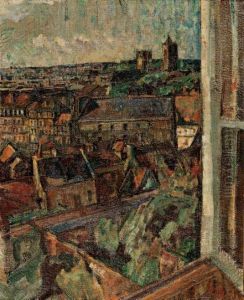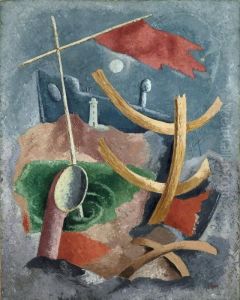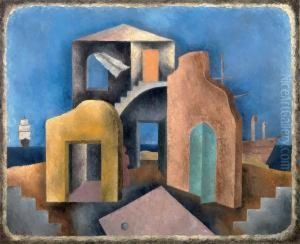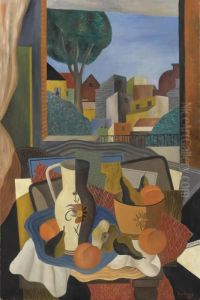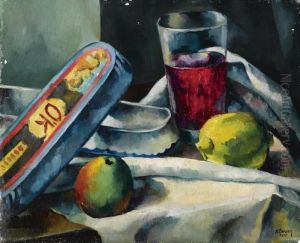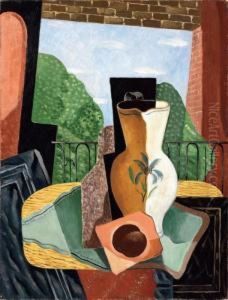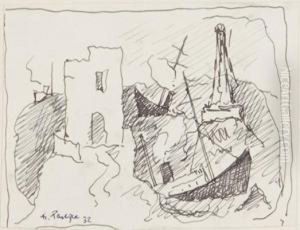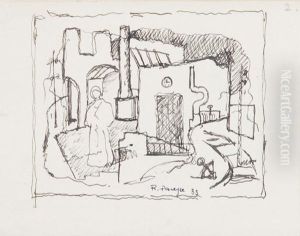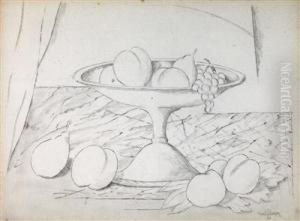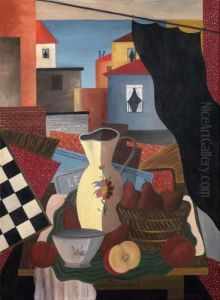Rene Herbert Renato Paresce Paintings
René Herbert Renato Paresce was an Italian painter and violinist of French origin, notable for his contributions to the Italian art scene during the first few decades of the 20th century. Born on December 14, 1886, in St. Petersburg, Russia, to a French father and an Italian mother, Paresce grew up in a culturally rich environment that fostered his artistic inclinations.
Paresce's family moved to Milan when he was a child, and it was in Italy that he received his primary education and initial artistic training. He demonstrated a strong aptitude for both music and painting from a young age, ultimately choosing to pursue a career in art. His work was heavily influenced by Post-Impressionism and the early modernist movements that were gaining momentum across Europe.
In his early artistic career, Paresce was closely associated with the influential group of painters known as the 'Italian Divisionists,' who experimented with a technique that involved the separation of colors into individual dots or patches, which would visually blend at a distance. This approach was akin to the French Pointillism developed by Georges Seurat and Paul Signac, yet with a distinctly Italian character.
Paresce's style evolved over time, and he became an active participant in the avant-garde scene. His paintings often depicted urban landscapes, scenes of everyday life, and the changing society in Italy during the interwar period. His work was characterized by a bold use of color and dynamic compositions, reflecting the vibrancy and tumult of the era.
Tragically, Paresce's life was cut short when he died in a car accident on December 26, 1937, in Bormio, Italy. Despite his premature death, Paresce left behind a body of work that continues to be celebrated for its contribution to modern Italian art. His paintings are held in various collections and have been exhibited posthumously in numerous exhibitions dedicated to Italian modernism.
